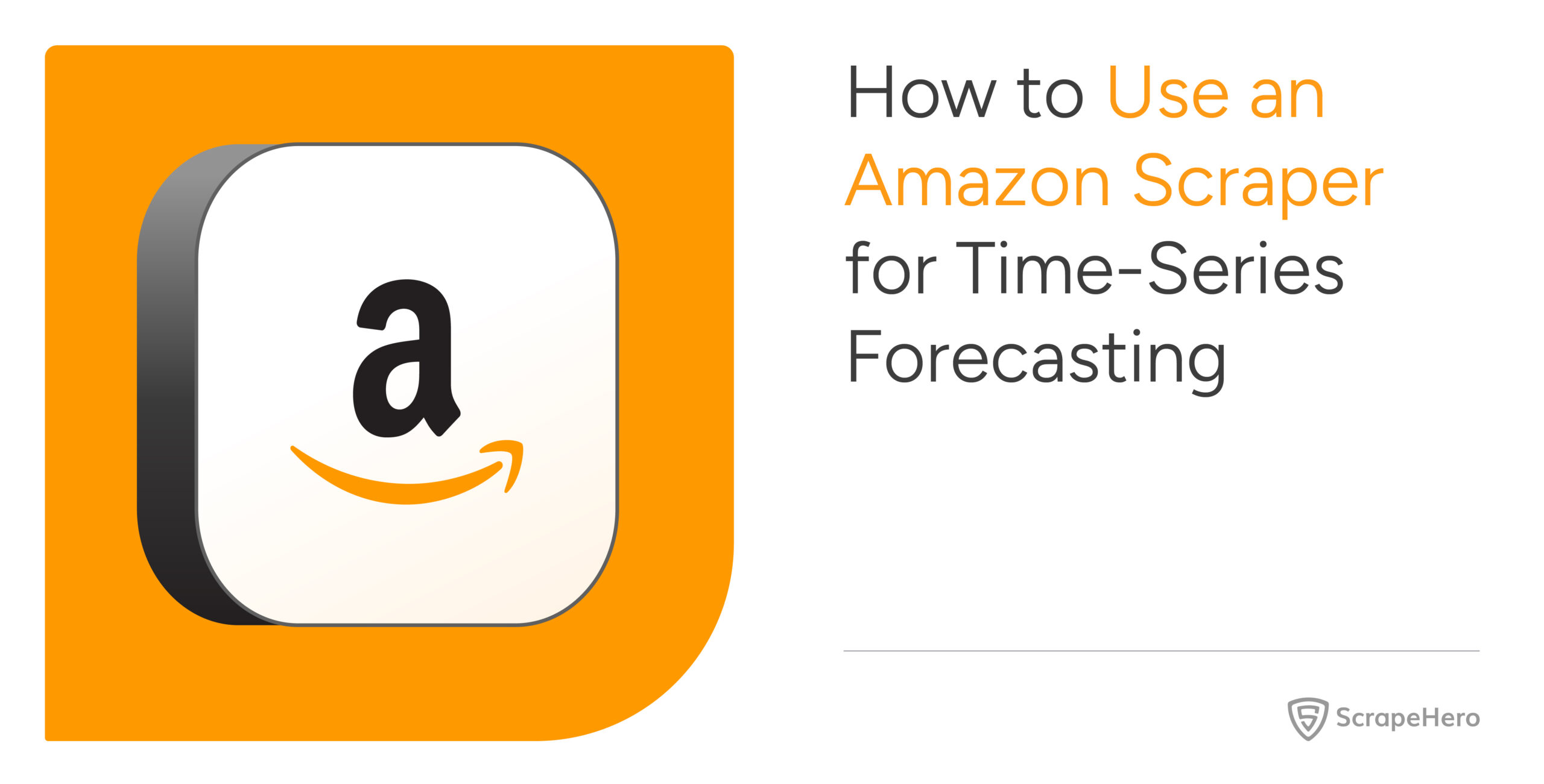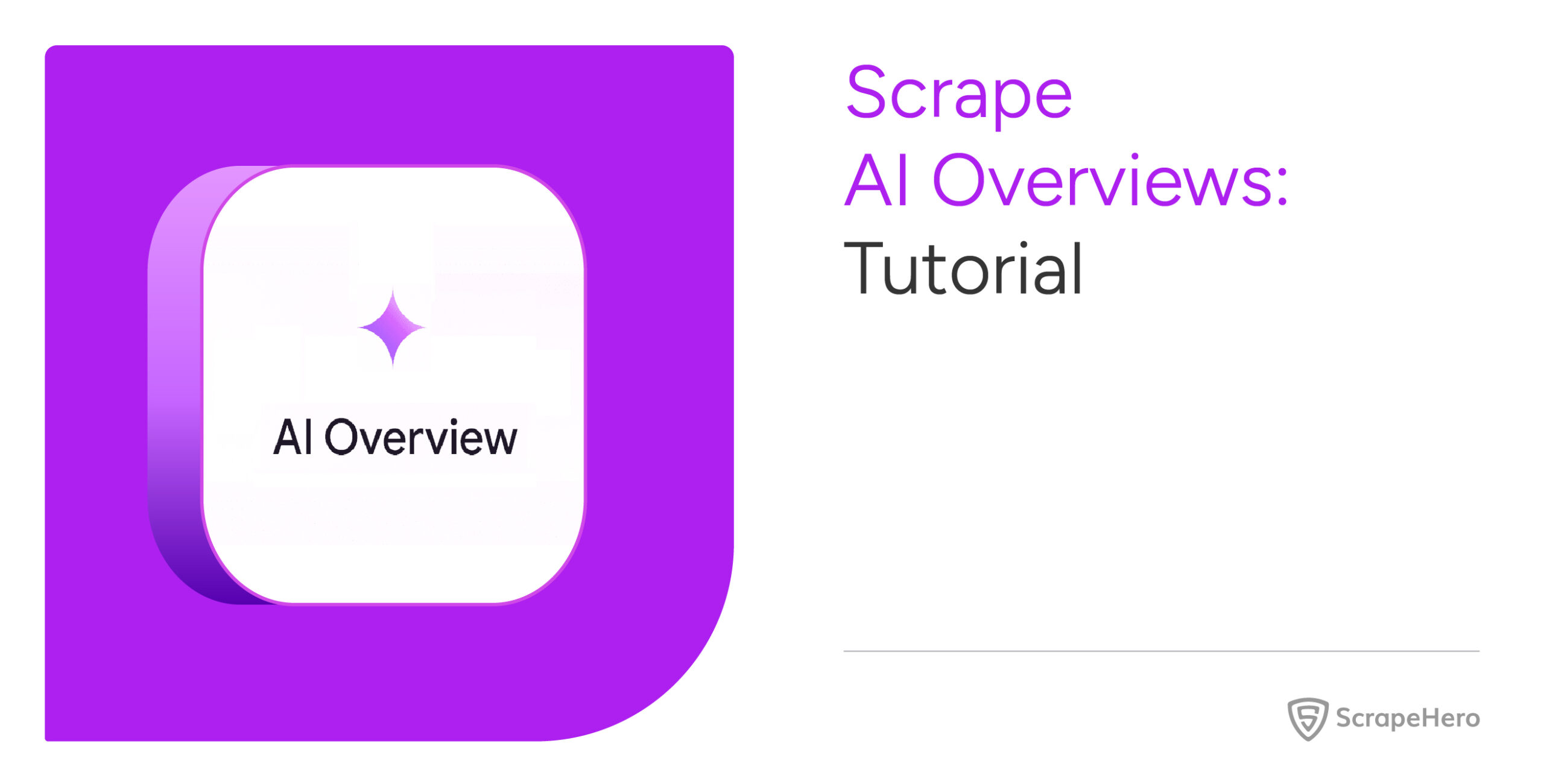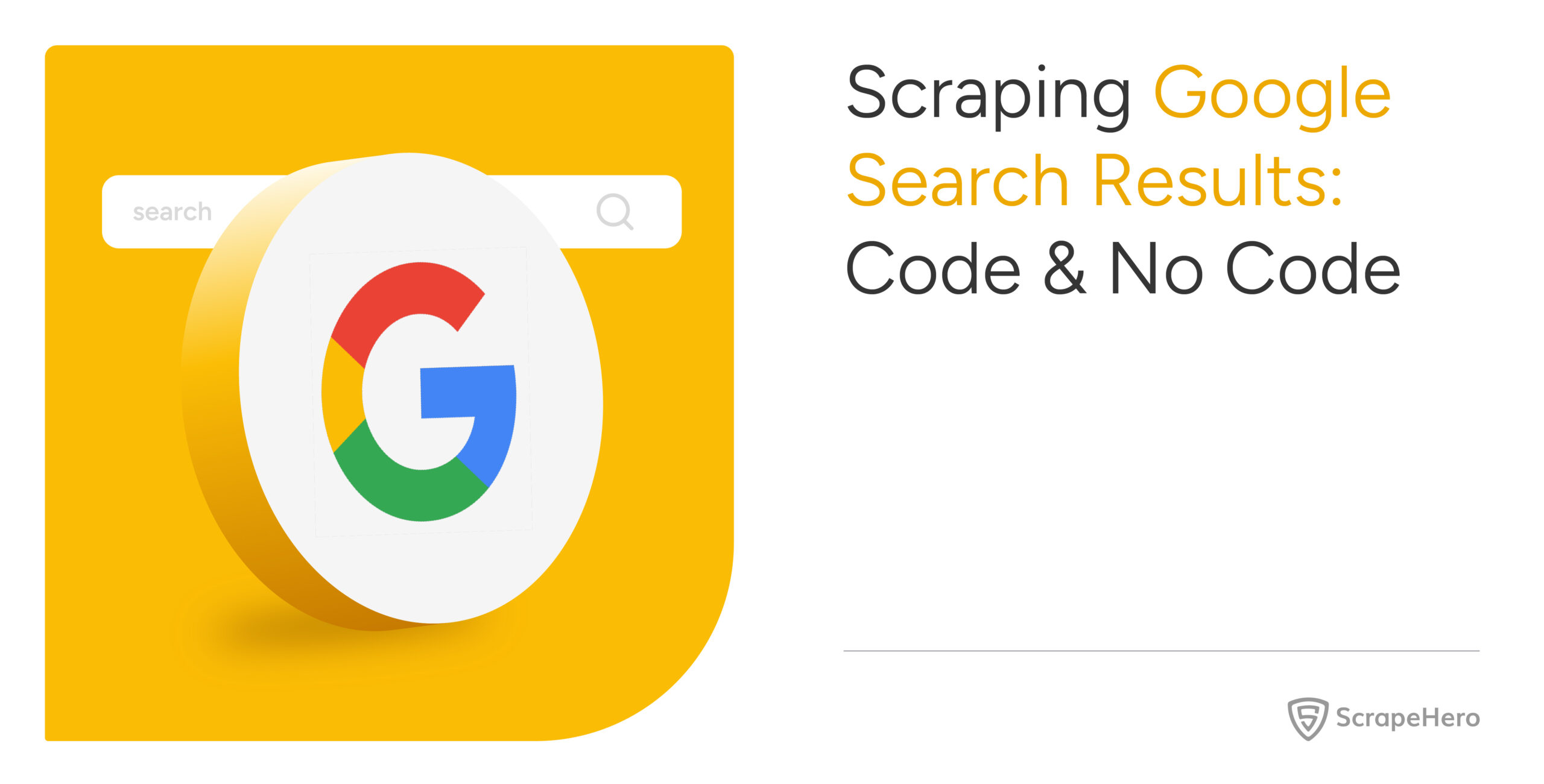Do you know that most of the top-selling products on Amazon experience fluctuating prices within a single week?
Because of this constant change, businesses need to scrape Amazon data frequently to identify trends and predict future market shifts to stay competitive.
One effective way to tackle this situation is to pair Amazon scraping with time series forecasting.
Using this method, you can predict consumer behavior, demand spikes, and pricing shifts based on historical trends.
This article will guide you through scraping data from Amazon, processing it, and using it for forecasting in market analysis.
Understanding Amazon Scraper for Time Series Forecasting
Time series forecasting is a statistical technique that collects data at regular intervals to predict future values.
Converting raw data into structured time series datasets allows businesses to manage inventory, adjust pricing, and plan marketing campaigns.
Some popular techniques for time series forecasting include ARIMA (AutoRegressive Integrated Moving Average), Prophet (by Meta), and LSTM (Long Short-Term Memory networks). Without historical data, forecasting becomes guesswork.
Building an Amazon Scraper for Time Series Forecasting in Market Analysis
To create an Amazon scraper for time series forecasting, you have to gather data on product listings, prices, ratings, reviews, etc., over time.
By doing this, you will be able to understand the market trends and forecast product performance. Here’s a step-by-step guide to building this scraper using Python:
1. Setup Dependencies
Install the necessary libraries to fetch data, parse HTML, process it, and visualize the data.
pip install requests beautifulsoup4 pandas numpy matplotlib
2. Scrape Amazon Data
Use requests to send HTTP requests and BeautifulSoup from beautifulsoup4 to parse the HTML of Amazon product pages.
import requests
from bs4 import BeautifulSoup
def fetch_amazon_product_data(url):
headers = {
'User-Agent': 'Mozilla/5.0 (Windows NT 10.0; Win64; x64) AppleWebKit/537.36 (KHTML, like Gecko) Chrome/91.0.4472.124 Safari/537.36'
}
response = requests.get(url, headers=headers)
if response.status_code != 200:
print(f"Error: Unable to fetch page (status code: {response.status_code})")
return None
soup = BeautifulSoup(response.text, 'html.parser')
return souprequests.get() fetches the HTML content of the Amazon page, and BeautifulSoup() parses the HTML so you can extract relevant data.
3. Extract Product Data
Now, let’s extract the desired product information, such as price, rating, and reviews.
def extract_product_data(soup):
try:
title = soup.find('span', {'id': 'productTitle'}).get_text(strip=True)
price = soup.find('span', {'id': 'priceblock_ourprice'}).get_text(strip=True)
rating = soup.find('span', {'class': 'a-icon-alt'}).get_text(strip=True)
reviews = soup.find('span', {'id': 'acrCustomerReviewText'}).get_text(strip=True)
return {
'title': title,
'price': price,
'rating': rating,
'reviews': reviews
}
except AttributeError:
print("Error extracting data.")
return NoneThe find() method searches for the first occurrence of the element with the given attributes (like id or class). get_text(strip=True) cleans up the text by removing extra whitespace.
4. Store Data in a Structured Format
You can store the results in a pandas DataFrame to analyze the time series data quickly for manipulation and forecasting.
import pandas as pd
def store_data(data):
df = pd.DataFrame(data)
df['price'] = df['price'].replace({'\$': '', ',': ''}, regex=True).astype(float)
return dfpandas.DataFrame() stores the extracted data in a structured format, and the replace() method cleans the price column by removing symbols like $ and commas.
5. Scraping Multiple Pages
To scrape multiple pages or product listings, alter the URL or pass in a list of URLs to scrape at once.
def scrape_multiple_products(urls):
all_data = []
for url in urls:
soup = fetch_amazon_product_data(url)
if soup:
data = extract_product_data(soup)
if data:
all_data.append(data)
df = store_data(all_data)
return dfscrape_multiple_products() takes a list of product URLs and iterates through them. It appends the extracted data into a list, which is later converted into a DataFrame.
6. Time-Series Forecasting
You can use statsmodels for building a forecasting model (e.g., ARIMA) to perform time series forecasting.
pip install statsmodels
import statsmodels.api as sm
def time_series_forecasting(df):
# Ensure data is ordered by date if applicable
df = df.sort_values('date')
# Fit ARIMA model
model = sm.tsa.ARIMA(df['price'], order=(5, 1, 0)) # Example ARIMA model
model_fit = model.fit()
# Forecast future values
forecast = model_fit.forecast(steps=10)
return forecastThe ARIMA model requires a time series that is ordered (like dates).
order=(5, 1, 0) specifies the ARIMA model’s parameters (p, d, q).
- p is the number of lag observations.
- d is the number of differences that makes the series stationary.
- q is the number of lagged forecast errors.
Note that the forecast() predicts future values for a specified number of steps.
7. Plot the Forecast
Finally, you can visualize the forecast using a data visualization library like matplotlib.
import matplotlib.pyplot as plt
def plot_forecast(forecast, historical_data):
plt.figure(figsize=(10,6))
plt.plot(historical_data['date'], historical_data['price'], label='Historical Data')
plt.plot(range(len(historical_data), len(historical_data) + len(forecast)), forecast, label='Forecast', color='red')
plt.xlabel('Date')
plt.ylabel('Price')
plt.legend()
plt.show()Using the plot_forecast() function, you can visualize both the historical data and the forecasted values on a graph.
Why ScrapeHero Web Scraping Service?
The time-series model can be used to forecast future price trends. You can also incorporate more data points, use different models (e.g., SARIMA), and analyze additional features like reviews or ratings.
Building a scraper requires coding knowledge and technicalities related to the challenges that come with web scraping.
Using a web scraping service like ScrapeHero can help you overcome such challenges. At ScrapeHero, we provide enterprise-grade scrapers and crawlers and take care of all the processes involved in web scraping.
From handling website changes to figuring out antibot methods to delivering consistent and quality-checked data, we are here for you.
Frequently Asked Questions
Amazon scraper for time series forecasting involves collecting Amazon data over time. You can use this data to predict future trends to make data-driven decisions.
Using time series forecasting data, businesses can predict future sales, pricing, and demand trends, improving inventory planning and pricing strategies.
Time series forecasting algorithms are statistical and machine learning models that can analyze past data and forecast future values. ARIMA, Prophet, and LSTM are some of the common time series forecasting algorithms.
Amazon Forecast uses time series data and machine learning algorithms to generate demand forecasts, helping businesses to predict future sales and inventory needs.
Many companies across industries, including retail, finance, and manufacturing, use time series forecasting. E-commerce platforms like Amazon also use it for inventory and pricing management.








